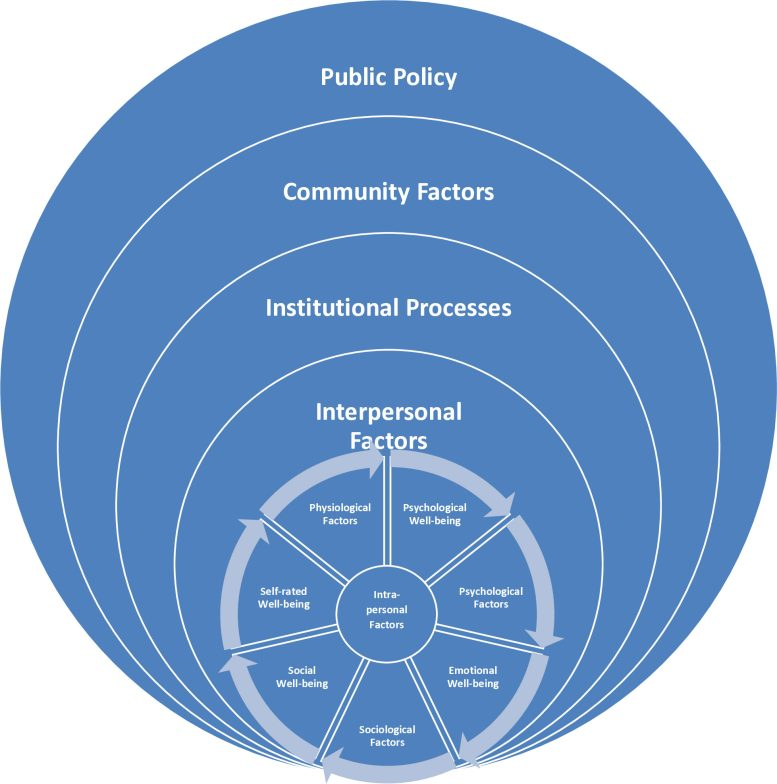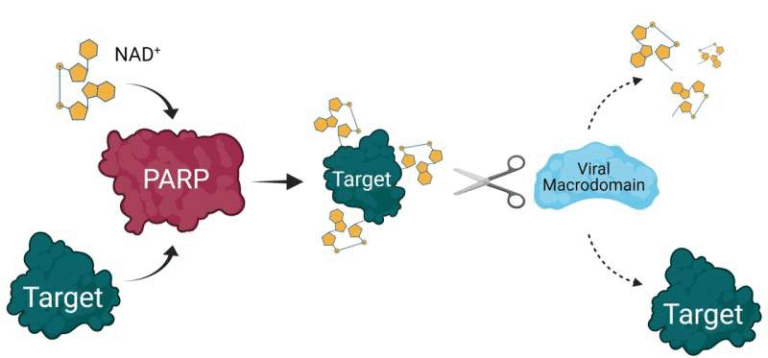Declining Well-Being in Old Age is Not Inevitable: A Canadian Study Shows Many Older Adults Bounce Back

A new study from the University of Toronto has delivered some eye-opening news about aging: declining well-being in later life isn’t a one-way street. In fact, many older adults can and do bounce back, regaining a strong sense of health, purpose, and satisfaction.
The findings, published on September 24, 2025, in the open-access journal PLOS One, shine a spotlight on the importance of healthy habits, mental resilience, and supportive social environments.
Let’s break down what this research discovered, the methods used, and why it matters for all of us as we think about growing older.
The Study at a Glance
This research was led by Mabel Ho and Esme Fuller-Thomson, experts at the University of Toronto’s Factor-Inwentash Faculty of Social Work and the Institute for Life Course and Aging. They analyzed data from the Canadian Longitudinal Study on Aging (CLSA), which follows tens of thousands of older Canadians over time.
- Sample size: 8,332 adults aged 60 or older who did not meet the criteria for “optimal well-being” at the start of the study.
- Timeframe: Participants were reassessed three years later.
- Finding: Almost one in four (23.4%) of these individuals had regained a state of optimal well-being after three years.
This is striking because it pushes back against the common assumption that once well-being declines in older age, it’s a permanent slide. Instead, the evidence shows that recovery is possible.
What Does “Optimal Well-Being” Mean?
The researchers didn’t look only at physical health. They took a multidimensional approach, defining optimal well-being across four domains:
- Physical wellness – no limitations in daily living activities, no severe pain or discomfort.
- Psychological and emotional wellness – absence of serious mental illness, memory problems, or persistent depression; having positive mood and life satisfaction.
- Social wellness – having supportive relationships, such as people to confide in or rely on.
- Self-rated wellness – how individuals view their own health and aging, with ratings of good to excellent.
To qualify as being in “optimal well-being,” participants had to meet all four criteria.
Key Factors That Supported Recovery
The analysis revealed several important factors that increased the likelihood of regaining well-being:
- Psychological and emotional wellness was the strongest predictor. Those who already had emotional stability at baseline were nearly five times more likely to regain overall well-being compared to those who did not.
- Having two or more domains of wellness at baseline created a massive advantage:
- 2 domains: about 12.8 times higher odds of recovery.
- 3 domains: about 38.9 times higher odds of recovery.
- Other positive predictors included:
- Being younger than 70.
- Being married.
- Living above the poverty line.
- Staying physically active.
- Not smoking.
- Having no sleep problems.
- Being free of chronic conditions such as obesity, diabetes, arthritis, osteoporosis, or heart disease.
Clearly, a mix of social connections, healthy lifestyle habits, and manageable health conditions all contribute to resilience in later life.
Factors That Reduced the Chances
Not everyone had the same likelihood of bouncing back. Certain conditions made it harder to regain well-being:
- Poverty – those living below the poverty line had much lower odds.
- Older age – individuals over 80 were less likely to recover compared to younger seniors.
- Chronic illnesses like diabetes, hypertension, or arthritis were linked with reduced odds.
- Obesity and smoking also made recovery less likely.
- Depression, low life satisfaction, or functional limitations (trouble with daily activities) were significant barriers.
These findings underline how critical both mental health and economic security are for healthy aging.
Recovery Across Each Domain
The researchers also looked at recovery within each separate domain:
- Physical wellness: Those without disabling pain or daily living limitations at baseline were much more likely to improve.
- Psychological wellness: Depression and poor mood at baseline reduced the likelihood of recovery, while stability in other domains boosted it.
- Social wellness: Having even one strong supportive connection at the start increased the odds of regaining social well-being later.
- Self-rated wellness: People who already rated their own health positively were about three times more likely to recover this domain.
This shows that recovery in one area often depends on stability or support in another.
Why This Matters
This research has significant implications for how we think about aging:
- Aging isn’t just decline. Many older adults can reclaim wellness, even after setbacks.
- Mental and emotional health matter just as much as physical health. They not only improve quality of life but also help fuel recovery in other domains.
- Policy and programs should focus on resilience, not just managing illness. Social support systems, preventive care, and community engagement opportunities can play powerful roles.
Strengths and Limitations of the Study
Strengths
- Large, nationally representative sample of older Canadians.
- Longitudinal design, tracking individuals over three years.
- A broad, multidimensional definition of well-being.
Limitations
- Generalizability: Canada’s universal healthcare system may make recovery easier than in countries without similar access.
- The sample was more highly educated than the general population, which could influence resilience.
- Some aspects of well-being, like purpose in life or meaning, were not captured in the study.
- The timeframe was three years, so longer-term recovery patterns remain unclear.
Broader Insights on Aging and Well-Being
While the Canadian study is new, its conclusions fit into a wider body of research on aging, resilience, and well-being. Here are some extra points worth considering:
The Role of Lifestyle
Plenty of studies show that exercise, diet, and sleep have strong effects on physical and mental health across all ages. For example, regular physical activity not only reduces the risk of chronic illnesses but also improves mood and cognitive function.
The Importance of Social Connection
Loneliness and social isolation are recognized as serious public health issues among older adults. Strong social ties are linked with lower risks of depression, dementia, and even cardiovascular disease. Programs that foster social interaction, such as community centers, peer support groups, and volunteering opportunities, can make a huge difference.
Economic Security
Financial stability provides access to better housing, healthier food, and more opportunities for social participation. Studies across the world repeatedly show that seniors above the poverty line report higher life satisfaction and better overall well-being.
Psychological Resilience
Positive psychology research highlights the role of optimism, gratitude, and coping skills in maintaining well-being through adversity. For older adults, maintaining a sense of control, purpose, and joy is often as important as managing physical health.
Policy and Practice Implications
If the associations seen in this study are causal, then the implications are clear:
- Invest in preventive healthcare and wellness programs that address both physical and mental health.
- Support financial stability in older age, since poverty is a major barrier to recovery.
- Promote social engagement opportunities to prevent isolation.
- Encourage lifestyle interventions like smoking cessation, better sleep, and physical activity.
Shifting our focus from only managing decline to actively fostering recovery could transform how societies support aging populations.
Final Thoughts
The Canadian study makes a powerful point: later life can still be fulfilling, even after difficult periods. About a quarter of older adults who lost their sense of wellness managed to recover it within three years. That’s not just a statistic — it’s hope.
It’s a reminder that while aging brings challenges, it also brings opportunities for resilience, renewal, and growth. With the right mix of health habits, social support, and accessible resources, older adults can thrive well into their later years.





